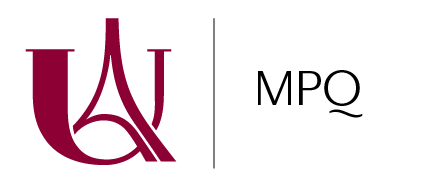Laboratoire: MPQ (Matériaux et Phénomènes Quantiques), Université Paris Cité & CNRS
Adresse: Bâtiment Condorcet – 10 Rue A. Domon et L. Duquet – 75013 Paris
Directeur de stage/thèse: Amandine Bellec
Tel: 0157276290
e-mail: amandine.bellec@u-paris.fr
Scientific project:
Chiral molecules are present in the form of two non-superimposable enantiomers due to the absence of inversion center (figure 1). They then offer the unique possibility of being able to create spin selectivity at the interface with a metal. This effect, known as the CISS (chiral induced spin-selectivity) effect, was demonstrated in the early 2000s on monolayers of lysine molecules, long carbon chains, adsorbed on Au [1]. But, the origin of this effect is still widely debated [2]. Experimentally, the CISS effect brings together all the phenomena for which the chirality of molecular species influences the spin selectivity of various electronic processes, whether for transmitted electrons [3,4], for transport measurements [5] or even during chemical reactions. To illustrate this last point, studies have been able to demonstrate enantio-selectivity during the adsorption of chiral molecules on magnetic substrates: depending on the orientation of the magnetization, an enantiomer is preferentially adsorbed [6].
In this context, the internship will focus on the interfaces between chiral molecules and metallic or ferromagnetic substrates in order to understand their properties. For this, measurements by scanning tunneling microscopy (STM) will be carried out. For the structural properties, it will be important to understand how chiral molecules adsorb on different metallic substrates. Furthermore, tunneling spectroscopy will provide access to the electronic properties of molecules and it will then be interesting to understand how the CISS effect translates into transport through molecular orbitals, before testing the spin selectivity.
[1] Ray et al., Science 283, 814-816 (1999).
[2] Evers el al., Advanced Materials, 2106629 (2022).
[3] Göhler et al., Science 331, 894-897 (2011).
[4] Kettner et al., The Journal of Physical Chemistry Letters 9, 2025-2030 (2018).
[5] Rodríguez et al., J. Am. Chem. Soc. 144, 24 (2022).
[6] Banerjee-Ghosh et al., Science 360, 1331-1334 (2018).
Methods and techniques: Scanning tunneling microscopy
Possibility to go on with a PhD: YES
Envisaged fellowship: Doctoral School
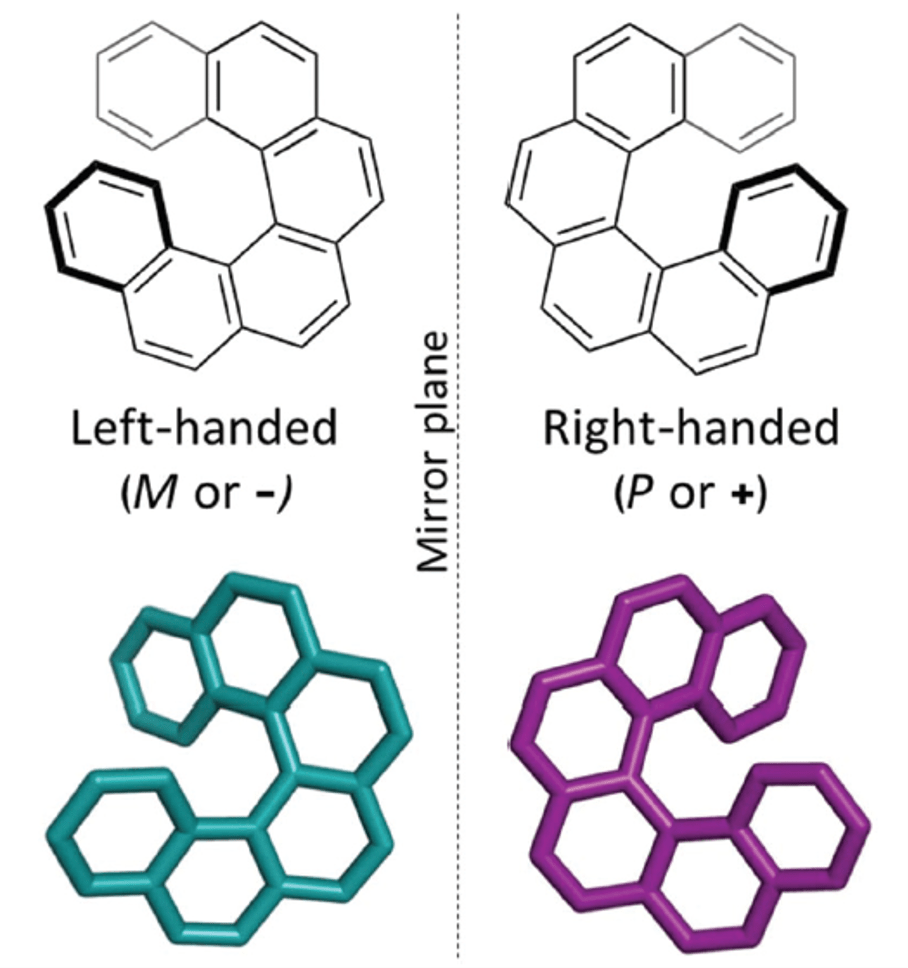
Figure 1 : Scheme of [6]-helicene molecules
À lire aussi
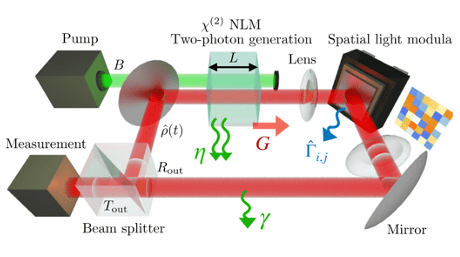
Emergent Equilibrium in All-Optical Single Quantum-Trajectory Ising Machines
A collaboration between the Theory group at MPQ, CREF Rome, and Sapienza University of Rome has shown that multimode all-optical systems driven by two-photon processes can reach thermal equilibrium at the level of single quantum trajectories. The study is published in...
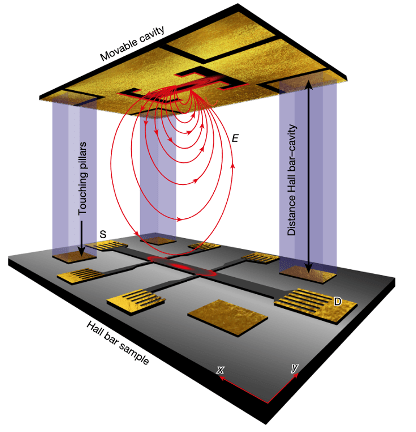
Cavity-enhanced fractional quantum Hall phases and cavity-modified spin splittings
A collaboration between the Equipe Théorie at MPQ and scientists from ETH Zurich and the Flatiron Institute has demonstrated, both theoretically and experimentally, that giant vacuum fields confined in a split-ring resonator cavity can profoundly alter...

Unravelling the nonlinear generation of designer vortices with dielectric metasurfaces
Researchers from the DON team have demonstrated and analyzed the generation of high-purity second-harmonic vortices with dielectric metasurfaces. These results are published in Light: Science and Applications. Vortex beams are currently drawing a great deal of...
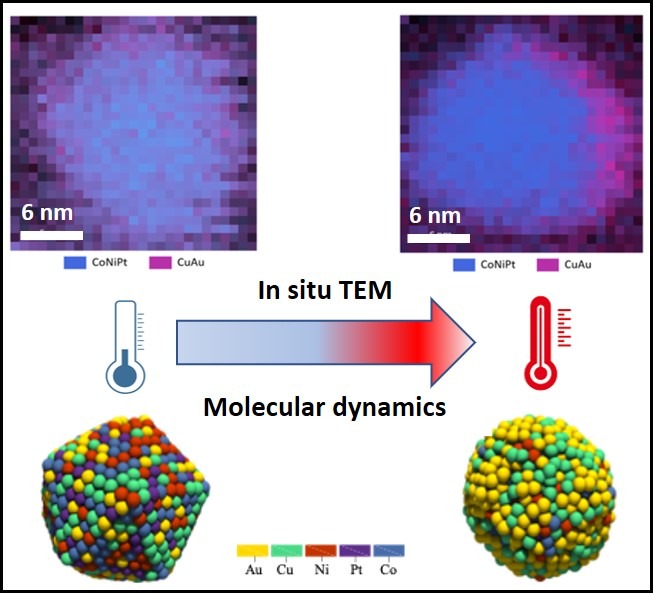
Thermal stability of high-entropy nanoalloys: reality or chimera?
By studying at the atomic scale the thermal behavior of nanoparticles composed of gold, cobalt, copper, nickel and platinum, scientists have revealed that the stability of these so-called high-entropy nanoalloys is much lower than expected, as gold and copper...
